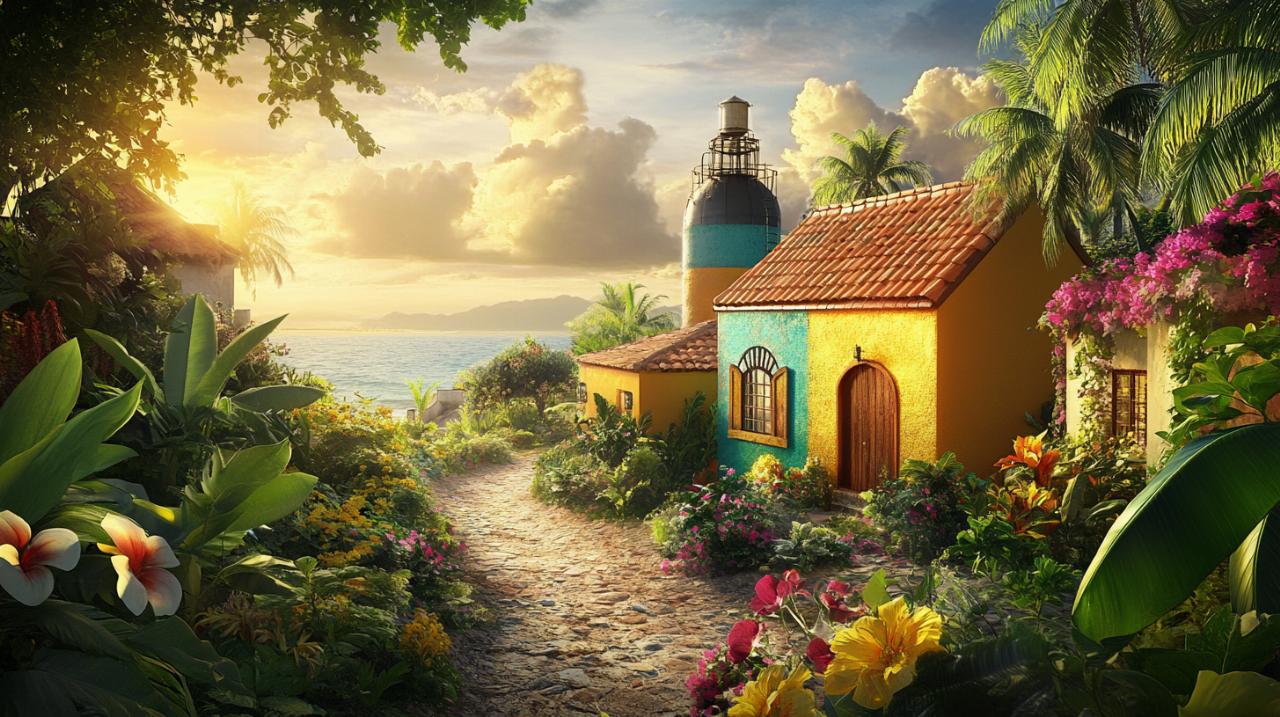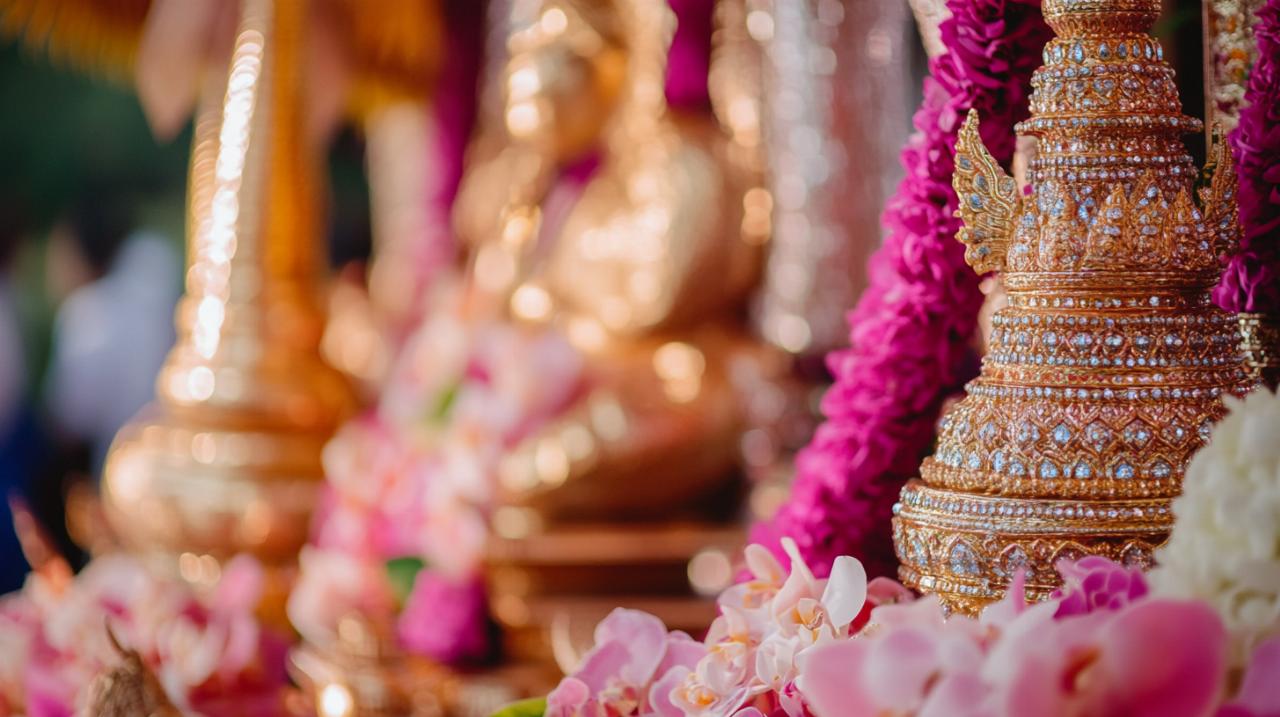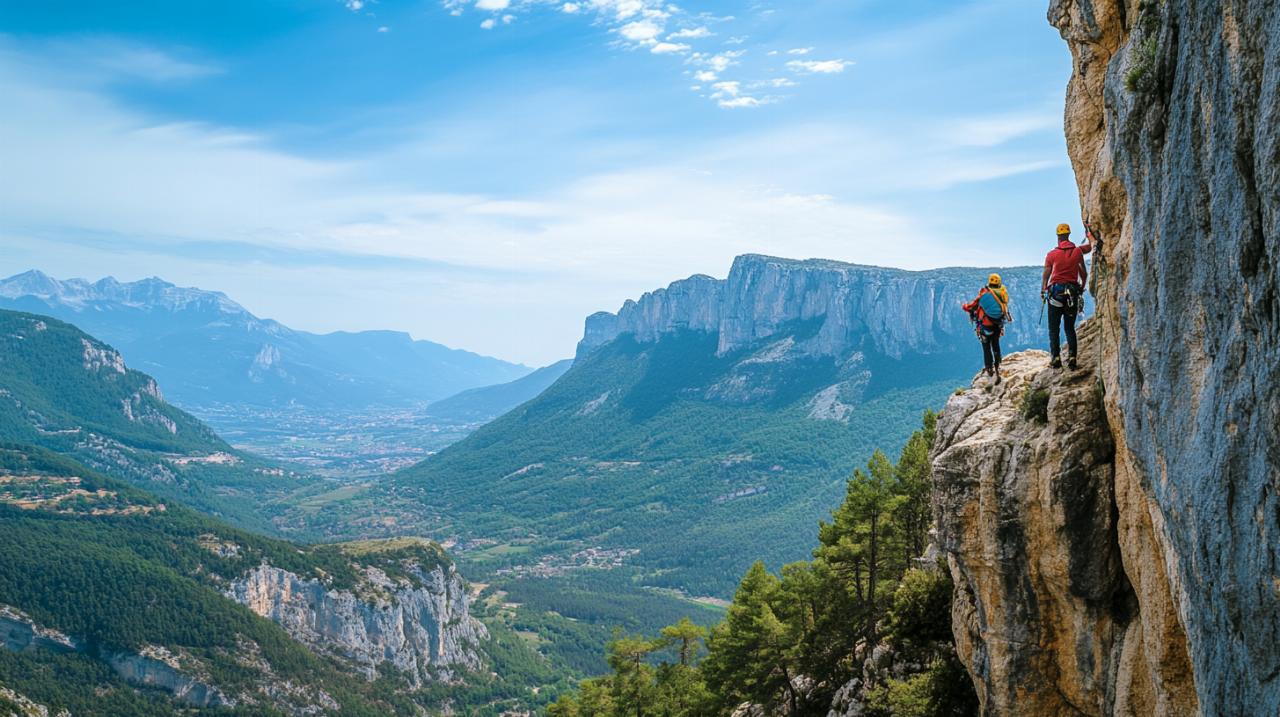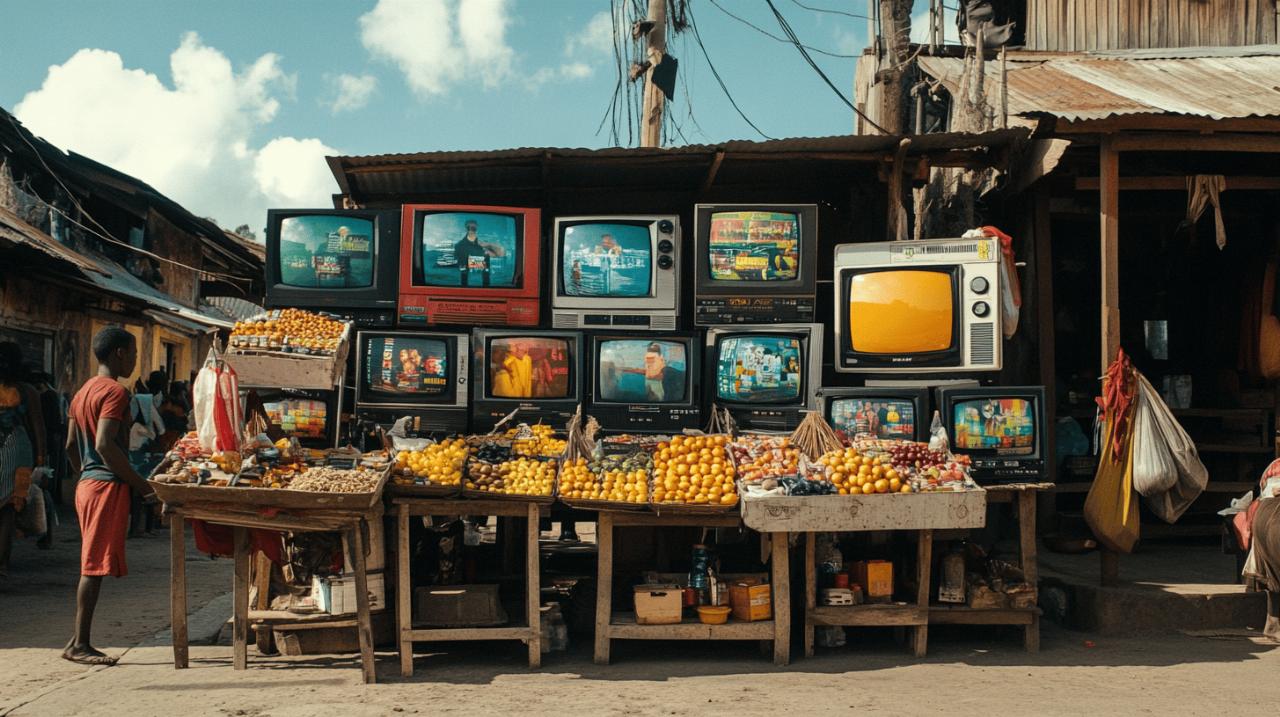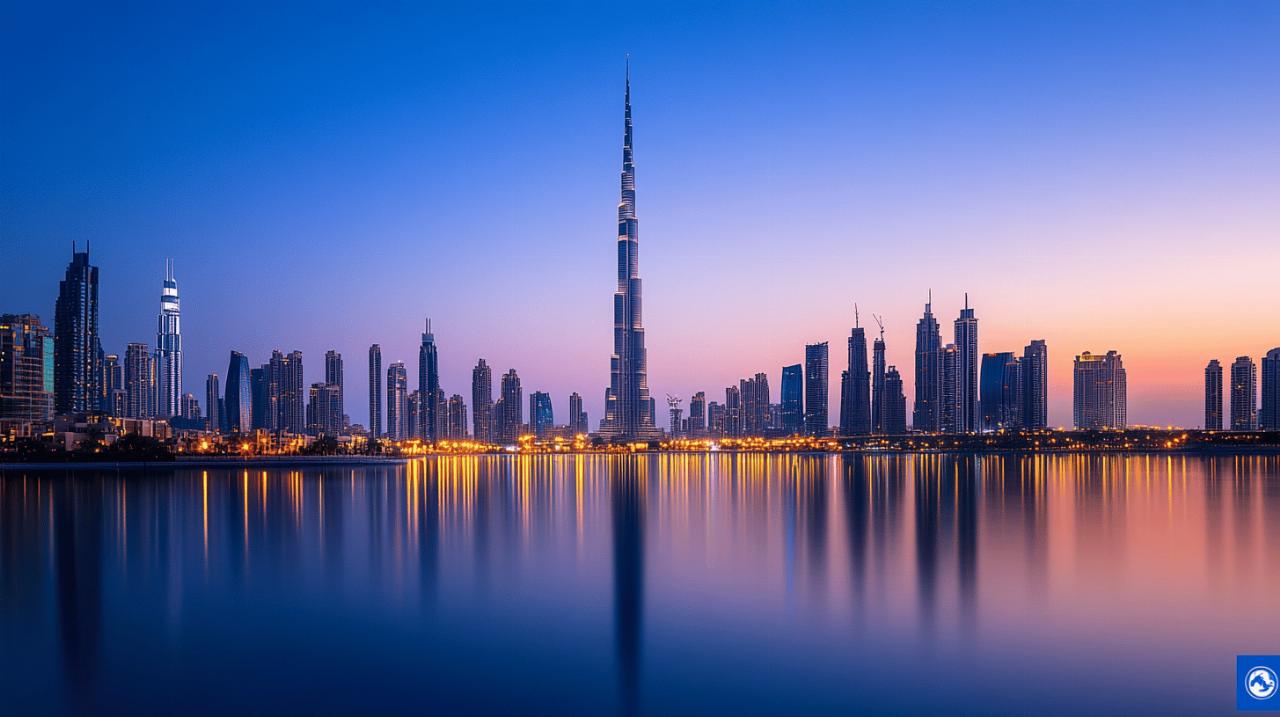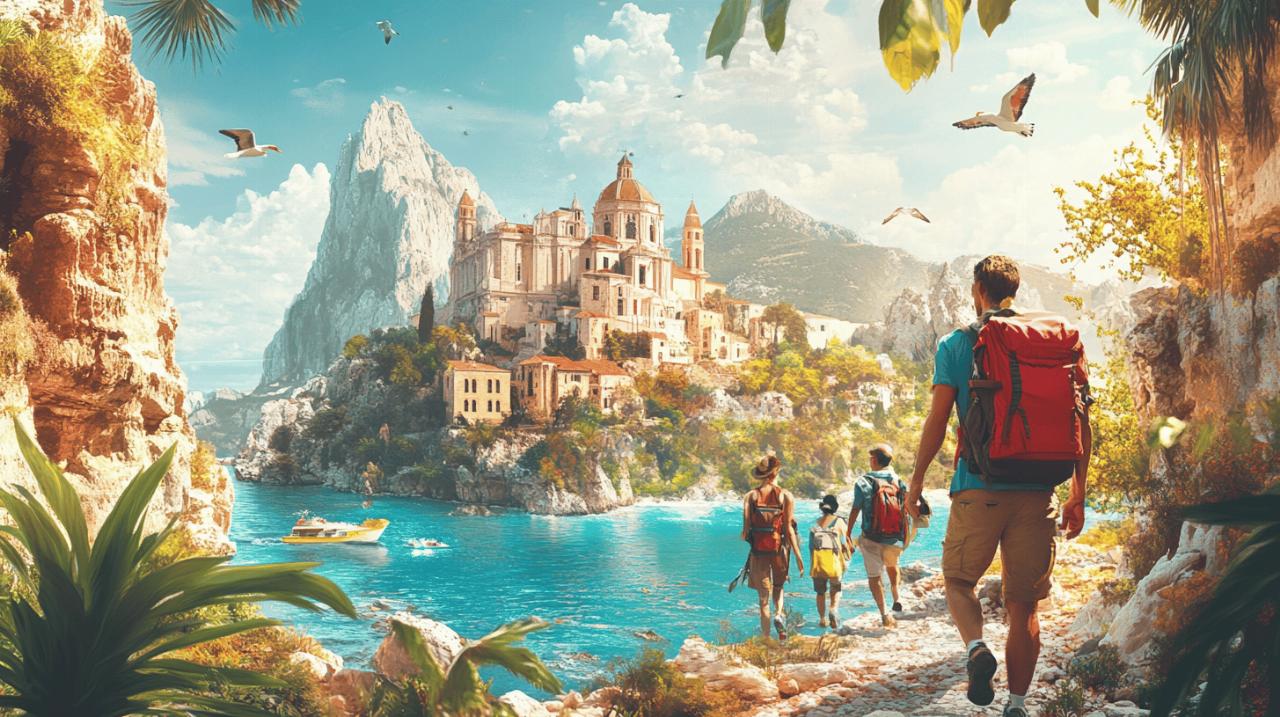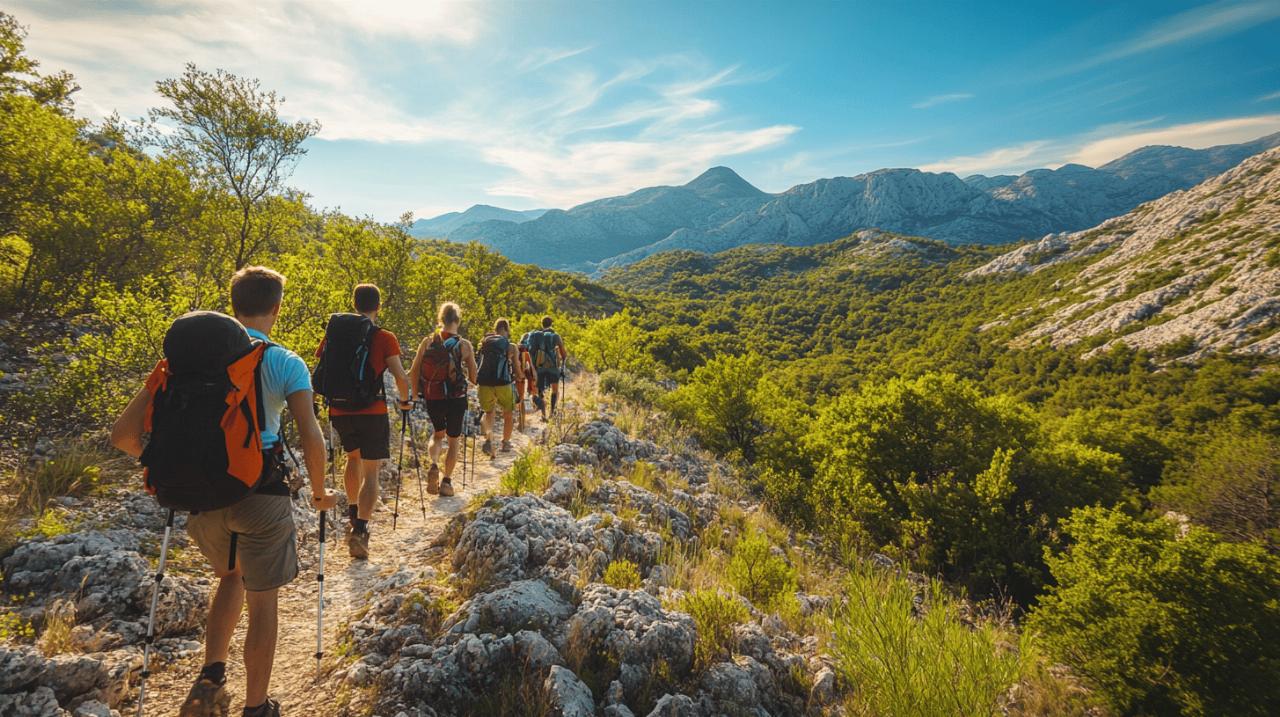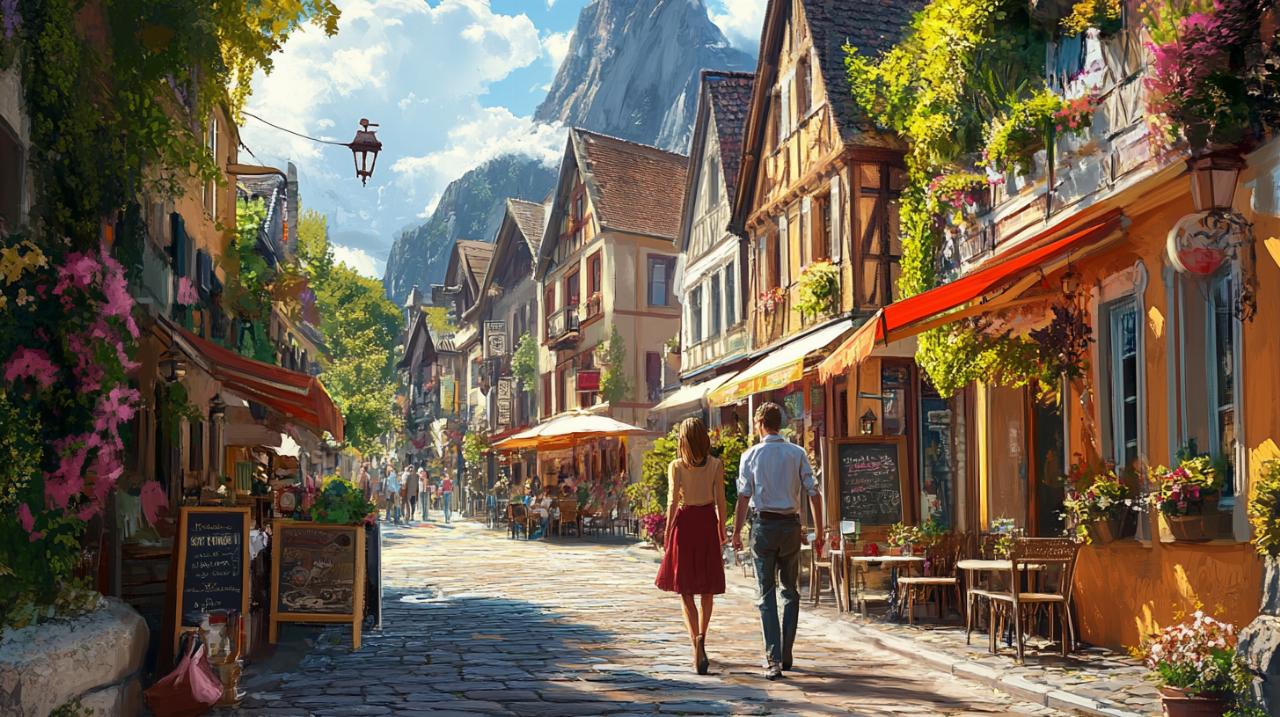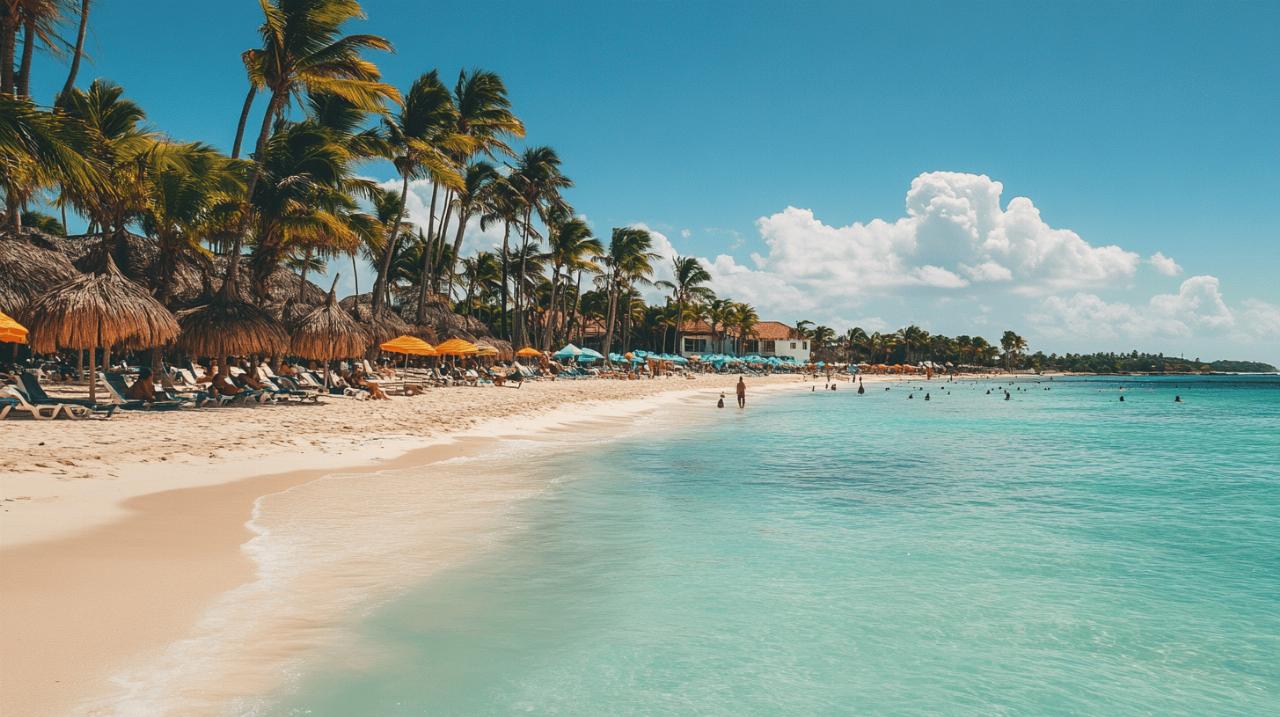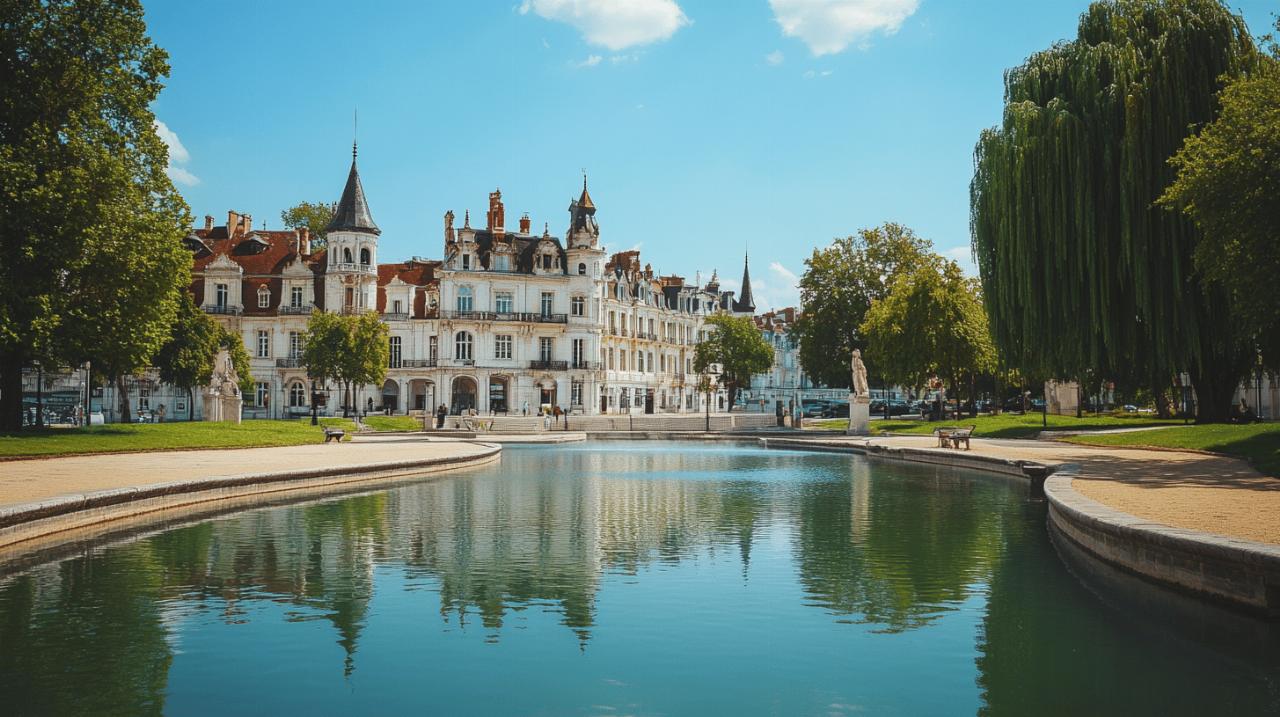The Caribbean has long been synonymous with azure waters, golden sands, and a spirit that transcends mere geography. Yet beyond the postcard-perfect vistas lies a cultural treasure that has shaped not only the islands themselves but the very way we experience cocktails today. This treasure is rum, a spirit born from sun-kissed sugar cane fields and refined through centuries of tradition, innovation, and passion. From the volcanic slopes of Martinique to the vibrant distilleries of Jamaica, Caribbean rum has evolved into a symbol of craftsmanship and heritage, transforming classic cocktail culture across the islands and beyond.
The Caribbean Spirit: Understanding the Soul of Island Rum Production
Rum production in the Caribbean is not merely an industry; it is a way of life, a cultural expression that speaks to the very essence of the islands. The journey begins in the sugar cane fields, where the tropical climate and fertile soils create the perfect conditions for cultivating this remarkable crop. The cane is harvested at its peak, ensuring that the natural sugars are at their most concentrated, ready to be transformed into the liquid gold that defines the region. This process, honed over generations, reflects a deep understanding of the land and its rhythms, with each island contributing its own nuances to the final product.
From sugar cane fields to distillery: the traditional caribbean method
The traditional Caribbean method of rum production is a testament to patience and skill. Once the sugar cane is harvested, it is either pressed to extract its juice or processed into molasses, a thick, dark byproduct of sugar refining. The choice between these two paths often defines the character of the rum. Molasses-based rums, which have been the cornerstone of Caribbean production since the seventeenth century, offer a rich, robust flavour profile that has become synonymous with the region. The fermentation process, where yeast transforms sugars into alcohol, is carefully monitored, with some distilleries employing unique techniques such as the addition of dunder, a residue from previous distillations, to enhance complexity and depth.
Distillation follows, and this is where the magic truly happens. Pot stills, traditional copper vessels that allow for greater control over the spirit's character, are favoured by many Jamaican distilleries, producing rums with bold, intense flavours. Meanwhile, column stills, which enable continuous distillation, are often used to create lighter, more refined spirits. The choice of still, the duration of fermentation, and even the water used all contribute to the distinctive profiles that make Caribbean rum so revered. After distillation, the rum may be aged in oak barrels, where it develops intricate layers of flavour, drawing notes of vanilla, spice, and caramel from the wood.
Island terroir: how geography shapes distinctive rum profiles across the region
Geography plays an undeniable role in shaping the character of Caribbean rum. Each island, with its unique climate, soil composition, and elevation, imparts a signature quality to the spirit produced there. Barbados, often regarded as the birthplace of rum, boasts a distillery heritage that dates back to 1703 with Mount Gay, one of the oldest rum producers in the world. The island's coral limestone soil and consistent trade winds create a balanced, approachable rum that has become a benchmark for quality.
In contrast, Jamaica's rugged terrain and volcanic soil contribute to a rum that is anything but subtle. Known for its pot-still rums, Jamaica produces spirits that are rich, funky, and full of character, with distilleries like Appleton Estate, Hampden Estate, Worthy Park, and Monymusk leading the charge. Cuba, with its heavily regulated production methods, insists on using only Cuban-grown sugar cane, resulting in a lighter, more delicate rum that has become a favourite in classic cocktails. Meanwhile, the French Caribbean islands of Martinique and Guadeloupe have carved out their own niche with rhum agricole, a style that uses fresh sugar cane juice rather than molasses, offering a grassy, herbaceous profile that is distinctly different from its molasses-based cousins.
Rhum Agricole and Beyond: Exploring the Diverse Styles of Caribbean Rum
The world of Caribbean rum is as diverse as the islands themselves, with a spectrum of styles that cater to every palate. While molasses-based rums have long dominated the market, the rise of rhum agricole has introduced a new dimension to the conversation, challenging conventions and expanding the horizons of what rum can be. This diversity is not merely a matter of ingredients; it reflects the cultural influences, historical legacies, and innovative spirit that define the Caribbean.
The french connection: rhum agricole versus traditional molasses-based spirits
Rhum agricole, produced primarily in Martinique and Guadeloupe, represents a departure from the traditional molasses-based approach. Using one hundred percent fresh sugar cane juice, this style captures the essence of the cane itself, offering a vibrant, vegetal character that is both refreshing and complex. The production process is meticulous, with the juice fermented and distilled shortly after extraction to preserve its delicate flavours. The result is a rum that is lighter on the palate yet rich in aromatic nuances, with notes of grass, citrus, and tropical fruit.
This French influence extends beyond the production method. The concept of terroir, so central to wine production, is equally important in rhum agricole, with each estate's unique microclimate and soil composition contributing to the final product's character. In contrast, traditional molasses-based rums, which are prevalent across the English and Spanish-speaking Caribbean, offer a richer, more robust flavour profile. These rums are often aged for extended periods, developing deep, complex notes of caramel, toffee, and spice. The choice between rhum agricole and molasses-based spirits is not a matter of superiority but rather a reflection of personal preference and the occasion.
Aged Expressions: The Art of Rhum Vieux and Single Malt Style Innovations
Ageing is where rum truly comes into its own, transforming a raw spirit into a sophisticated, nuanced beverage. Rhum vieux, or aged rhum agricole, is a prime example of this transformation. Aged in oak barrels, often previously used for bourbon or cognac, rhum vieux develops a rich, amber hue and a complexity that rivals the finest whiskies. The tropical climate of the Caribbean accelerates the ageing process, allowing the rum to interact more intensely with the wood, resulting in a spirit that is both bold and refined.
In recent years, the concept of single malt style rums has gained traction, with distilleries experimenting with techniques traditionally associated with Scotch whisky. These rums are often distilled from a single batch of molasses or cane juice and aged in carefully selected casks, allowing the spirit's inherent qualities to shine through. The result is a rum that is distinctly individual, showcasing the craftsmanship and innovation that define the modern Caribbean rum industry. Whether enjoyed neat, on the rocks, or as the foundation of a classic cocktail, aged rums offer a depth of flavour that is truly remarkable.
Tropical alchemy: how caribbean ingredients revolutionised rum cocktails
The Caribbean's bounty extends far beyond sugar cane. The islands are home to an abundance of tropical fruits, spices, and botanicals that have long been used to enhance and complement the flavours of rum. This tradition of infusing and blending has given rise to a rich cocktail culture that is as vibrant and diverse as the region itself. From the bustling bars of Havana to the beachside shacks of St Lucia, the art of rum mixology has become an integral part of Caribbean life.
Rhum Arrangé: The Art of Infusing Pineapple, Vanilla, and Passion Fruit
One of the most delightful expressions of this tradition is rhum arrangé, a style of infused rum that hails from the French Caribbean islands and Reunion. The process is simple yet endlessly creative: rum is steeped with fresh fruits, spices, and botanicals, allowing the flavours to meld and mature over time. Pineapple, with its sweet, tangy profile, is a popular choice, as is vanilla, which adds a creamy, aromatic depth. Passion fruit brings a zesty, tropical brightness, while bananas contribute a mellow, honeyed sweetness.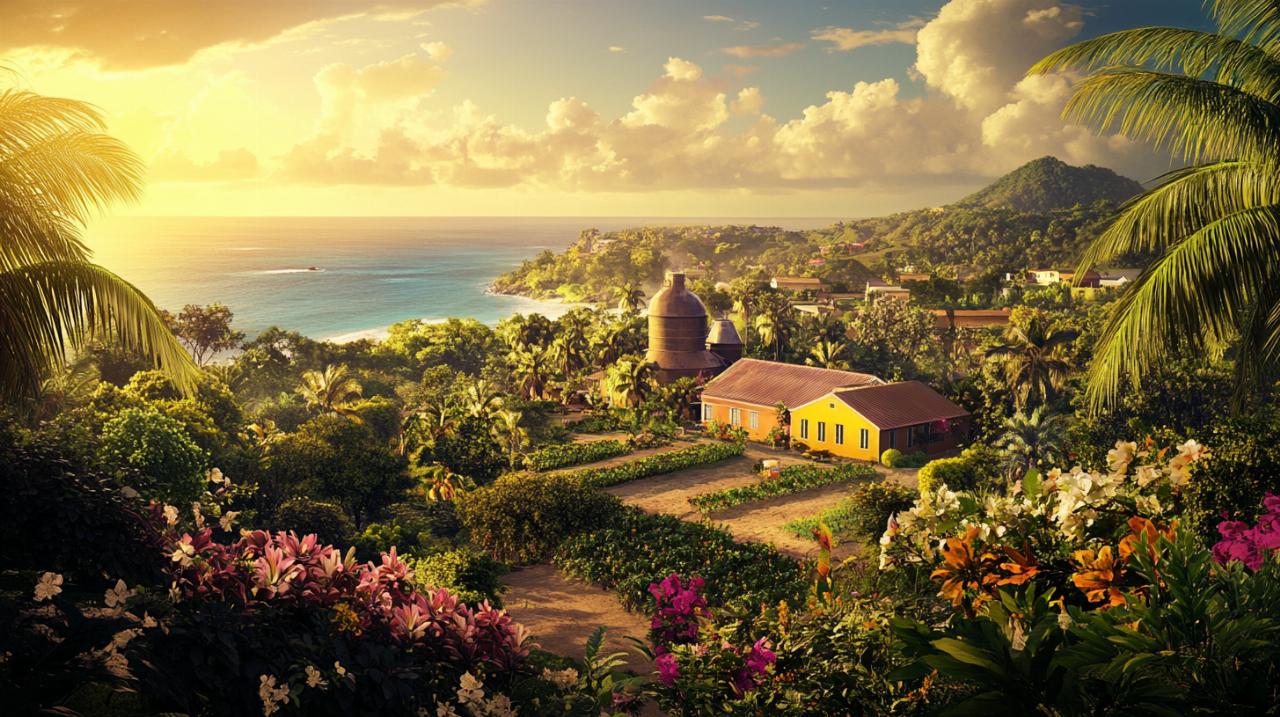
The beauty of rhum arrangé lies in its versatility. Each batch is unique, reflecting the personal tastes and creativity of the maker. Whether enjoyed on its own, over ice, or mixed into a cocktail, rhum arrangé offers a taste of the tropics in every sip. It is a celebration of the Caribbean's natural abundance, a reminder that the best things in life are often the simplest. For those seeking to explore this tradition, a coffret, or gift set, can be an excellent way to sample a variety of infusions and discover new favourites.
Island mixology: classic caribbean cocktails that changed drinking culture
Caribbean rum has been the backbone of some of the world's most iconic cocktails, drinks that have transcended their island origins to become global phenomena. The Mojito, with its refreshing blend of white rum, mint, lime, and sugar, originated in Cuba and has become a symbol of tropical relaxation. The Piña Colada, a creamy concoction of rum, coconut, and pineapple, was born in Puerto Rico and remains a favourite for those seeking a taste of paradise.
The history of Caribbean cocktails is intertwined with the region's colonial past and its evolution into a hub of tourism and cultural exchange. Jamaican Rum Punch, one of the earliest rum-based drinks, was a staple in the eighteenth century, enjoyed by sailors and settlers alike. The British Navy's adoption of Jamaican rum, which eventually led to the creation of grog in 1740, further cemented the spirit's place in maritime and drinking culture. Vice Admiral Edward Vernon's decision to dilute the sailors' rum with water was intended to reduce drunkenness, but it also inadvertently popularised a new style of drinking that would endure for centuries. The practice of daily grog rations continued in the British Navy until 1970, a testament to rum's enduring appeal.
The mid-twentieth century saw the rise of Tiki culture in North America, driven by visionaries like Donn Beach and Trader Vic. These pioneers used Jamaican and other Caribbean rums to create elaborate, exotic cocktails that captured the imagination of a generation. The Mai Tai, originally made with Wray and Nephew seventeen-year-old rum, became a sensation, showcasing the versatility and depth of Caribbean spirits. In 1996, Ian Burrell, working with J Wray and Nephew, created The Reggae Rum Punch, a modern take on a classic drink that celebrated Jamaica's independence and cultural heritage. These cocktails, with their bold flavours and theatrical presentation, revolutionised drinking culture and introduced countless people to the joys of Caribbean rum.
A journey through rum-producing islands: from martinique to trinidad
The Caribbean is a patchwork of islands, each with its own story, its own character, and its own contribution to the world of rum. A journey through these islands is a journey through history, culture, and flavour, offering insights into the factors that make Caribbean rum so exceptional. From the volcanic peaks of Guadeloupe to the bustling distilleries of Trinidad, each destination offers something unique.
Volcanic Influence: The Distinctive Character of Guadeloupe and Basse Terre Rums
Guadeloupe, a French overseas territory, is renowned for its rhum agricole, produced primarily on the island of Basse Terre. The volcanic soil of this region, enriched by centuries of geological activity, imparts a distinctive minerality and complexity to the rum. The lush, tropical climate, combined with abundant rainfall and fertile land, creates ideal conditions for sugar cane cultivation. Distilleries on Basse Terre take full advantage of these natural blessings, producing rums that are both expressive and refined.
The volcanic influence is not merely a matter of soil composition; it extends to the water used in production, which is filtered through volcanic rock and imbued with a unique mineral profile. This water, combined with the fresh sugar cane juice, creates a rum that is crisp, clean, and bursting with flavour. Whether enjoyed young and vibrant or aged and mellow, Guadeloupe's rhum agricole is a testament to the island's natural beauty and the skill of its distillers.
Discovering Hidden Gems: Lesser-Known Rum Territories from Guatemala to Reunion
While the Caribbean is the undisputed heartland of rum production, the spirit's influence extends far beyond the islands. Guatemala, with its rich volcanic soil and high-altitude plantations, has emerged as a producer of premium rums that rival the best the Caribbean has to offer. The country's unique geography, combined with a commitment to quality and innovation, has resulted in rums that are smooth, complex, and full of character.
Reunion, an island in the Indian Ocean and a French overseas department, has also made its mark on the rum world. Like Martinique and Guadeloupe, Reunion produces rhum agricole, with a focus on quality and terroir. The island's diverse microclimates and volcanic soils contribute to a range of flavour profiles, from bright and floral to rich and spicy. Trinidad and Tobago, meanwhile, continue to be key players in the rum industry, with distilleries producing everything from light, mixable rums to bold, aged expressions that are perfect for sipping.
These lesser-known territories offer a wealth of discovery for rum enthusiasts, proving that the spirit's story is far from over. As new distilleries emerge and traditional methods are refined, the world of rum continues to evolve, offering endless opportunities for exploration and enjoyment. Whether you are a seasoned connoisseur or just beginning your journey, there is always something new to discover in the world of Caribbean rum.
The impact of rum on the Caribbean economy cannot be overstated. Beyond its cultural significance, rum is a vital industry that supports livelihoods, drives tourism, and contributes to the region's exports. Brands like Mount Gay, Appleton Estate, and Bacardí have become household names, representing the quality and heritage of Caribbean rum on the global stage. As the industry continues to grow and innovate, it remains deeply rooted in the traditions and values that have defined it for centuries, ensuring that Caribbean rum will continue to captivate and inspire for generations to come.

